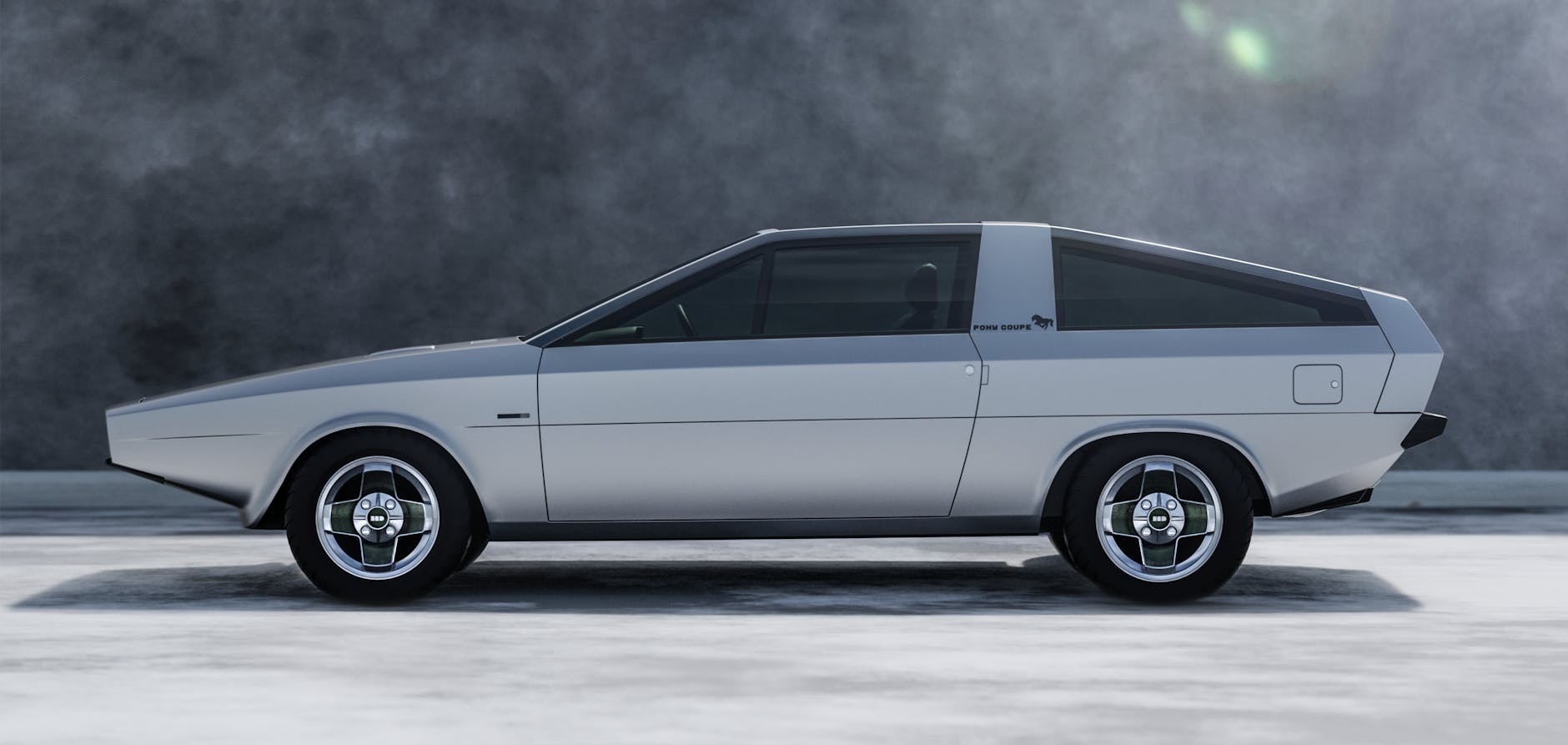
Introduction
In the opulent world of luxury cars, there’s more than meets the eye. These vehicles are not just about getting from point A to point B; they embody the pinnacle of engineering, design, and exclusivity. From bespoke interiors crafted by artisans to technology that seems straight out of a sci-fi movie, luxury cars offer an experience like no other.
In this guide, we’ll explore some of the most astonishing luxury cars that push the boundaries of imagination and redefine what a vehicle can be. Expect to delve into cars with jaw-dropping price tags, innovative designs, and unique features that make each model a masterpiece in its own right. Whether you’re an auto enthusiast or simply curious, prepare to be amazed by these incredible machines that defy conventional automotive standards.
Step 1: Understanding Luxury Car Features

Luxury cars stand apart from standard vehicles through a plethora of unique features that elevate them to an art form. At the heart of these features is advanced technology that enhances both performance and comfort. Think of autonomous driving systems that allow the car to navigate traffic with minimal human intervention, or adaptive suspension systems that adjust to road conditions in real-time, ensuring a smooth ride.
In addition to technological marvels, bespoke designs are another hallmark of luxury cars. Interiors often feature handcrafted materials such as premium leather, exotic wood trims, and even precious metals. Customization options abound, allowing owners to tailor every aspect of their vehicle to their personal taste.
For example, while a standard car may offer a handful of upholstery options, a luxury vehicle might provide hundreds of combinations of color, material, and stitching patterns. Moreover, the attention to detail is meticulous, with elements like hand-stitched dashboards and personalized embroidery. These features not only enhance the aesthetic appeal but also contribute to an unmatched driving experience that standard vehicles can hardly rival.
Step 2: Exploring Rare and Exotic Models

In the realm of luxury cars, some models are so rare and exotic that they are often considered symbols of status and sophistication. These vehicles are not just about their performance or comfort; they are works of art with a limited production run, making them highly sought after by collectors worldwide.
One such example is the Bugatti La Voiture Noire, a car that combines unparalleled engineering with an elegant, sculpted design. With only one unit ever produced, it stands as a testament to exclusivity and craftsmanship. Similarly, the Pagani Huayra BC captures the imagination with its intricate details and aerospace-inspired design, offering an exhilarating driving experience.
These exotic models often feature cutting-edge technology and innovative materials, such as carbon fiber and titanium, to reduce weight and enhance performance. The appeal of these cars lies not only in their rarity but also in their ability to push the boundaries of what is technically possible. For those fortunate enough to own one, these cars represent the zenith of luxury and a celebration of automotive ingenuity.
Step 3: Evaluating the Investment Potential

Luxury cars aren’t just about aesthetic pleasure or performance; they can also be lucrative investments. The investment potential of these vehicles is primarily influenced by their rarity, brand reputation, and historical significance. Unlike standard cars that depreciate as soon as they leave the showroom, certain luxury models can appreciate over time, offering significant returns for savvy collectors.
Rarity is a key factor in a luxury car’s value. Limited production runs and unique features make certain models highly desirable, creating a demand that can drive up prices. For instance, cars like the Ferrari 250 GTO have fetched record-breaking sums at auctions, thanks to their scarcity and racing pedigree. Similarly, the Aston Martin DB5, immortalized by its association with James Bond, enjoys sustained appreciation due to its iconic status and limited availability.
Brand reputation also plays a crucial role. Established luxury brands like Rolls-Royce and Lamborghini carry a legacy of craftsmanship and innovation, which bolsters their models’ long-term value. For investors, owning such vehicles is not just about financial gain but also about being part of an exclusive circle that appreciates the art and history of automotive excellence.
Step 4: Navigating the Purchase Process

Purchasing a luxury car is a significant investment that requires careful consideration and planning. The journey begins by identifying your desired model and understanding the market dynamics. It’s essential to research and compare options, as this will give you a clearer picture of what to expect in terms of pricing and availability.
One of the most crucial steps is finding a reputable dealer. Look for dealers with a proven track record in the luxury car market, and consider seeking recommendations from other enthusiasts or online forums. A trusted dealer will provide comprehensive information about the vehicle’s history, condition, and any potential concerns.
Understanding the pricing structure is equally important. Luxury cars often come with a higher price tag due to their exclusivity and features. Be sure to factor in additional costs like insurance, taxes, and maintenance. Negotiation can play a role, but be prepared for limited flexibility given the vehicle’s rarity. Finally, consider seeking an independent inspection from a specialized mechanic to ensure the car’s condition matches the dealer’s claims. By following these steps, you can navigate the purchase process with confidence and secure a luxury car that meets both your expectations and investment goals.
Step 5: Maintaining Your Luxury Vehicle

Owning a luxury car is not just about enjoying its exceptional features; it’s also about maintaining its value and performance over time. Regular maintenance is critical to ensuring that your investment remains in pristine condition. Start by adhering to the manufacturer’s recommended service schedule, which is often more rigorous than that of standard vehicles.
Routine checks should include oil changes, brake inspections, and tire rotations. Using high-quality parts and fluids specifically designed for luxury cars can significantly impact their longevity and performance. Additionally, keeping the exterior and interior in top condition is essential. Regular cleaning and detailing will help preserve the car’s aesthetics and protect it from environmental damage.
Another vital aspect of maintenance is storing your vehicle properly. If your luxury car won’t be driven for extended periods, consider using a climate-controlled garage to prevent deterioration caused by extreme temperatures. Investing in a battery maintainer can also prevent issues related to inactivity. Finally, keeping thorough records of all maintenance and repairs can be invaluable for future resales, as it demonstrates your commitment to the vehicle’s upkeep, further enhancing its market value.
Conclusion
Exploring the world of luxury cars reveals a realm where design, technology, and exclusivity converge to create extraordinary vehicles. From understanding unique features and exploring rare models to evaluating investment potential and navigating the purchase process, luxury cars offer a captivating journey for enthusiasts and collectors alike.
Maintaining these vehicles ensures they remain pristine, delivering both joy and financial benefits. If you’re intrigued by this opulent world, consider visiting showrooms or attending automotive events to further immerse yourself. Whether you’re a seasoned collector or a curious admirer, the next step awaits in your luxury car journey.





